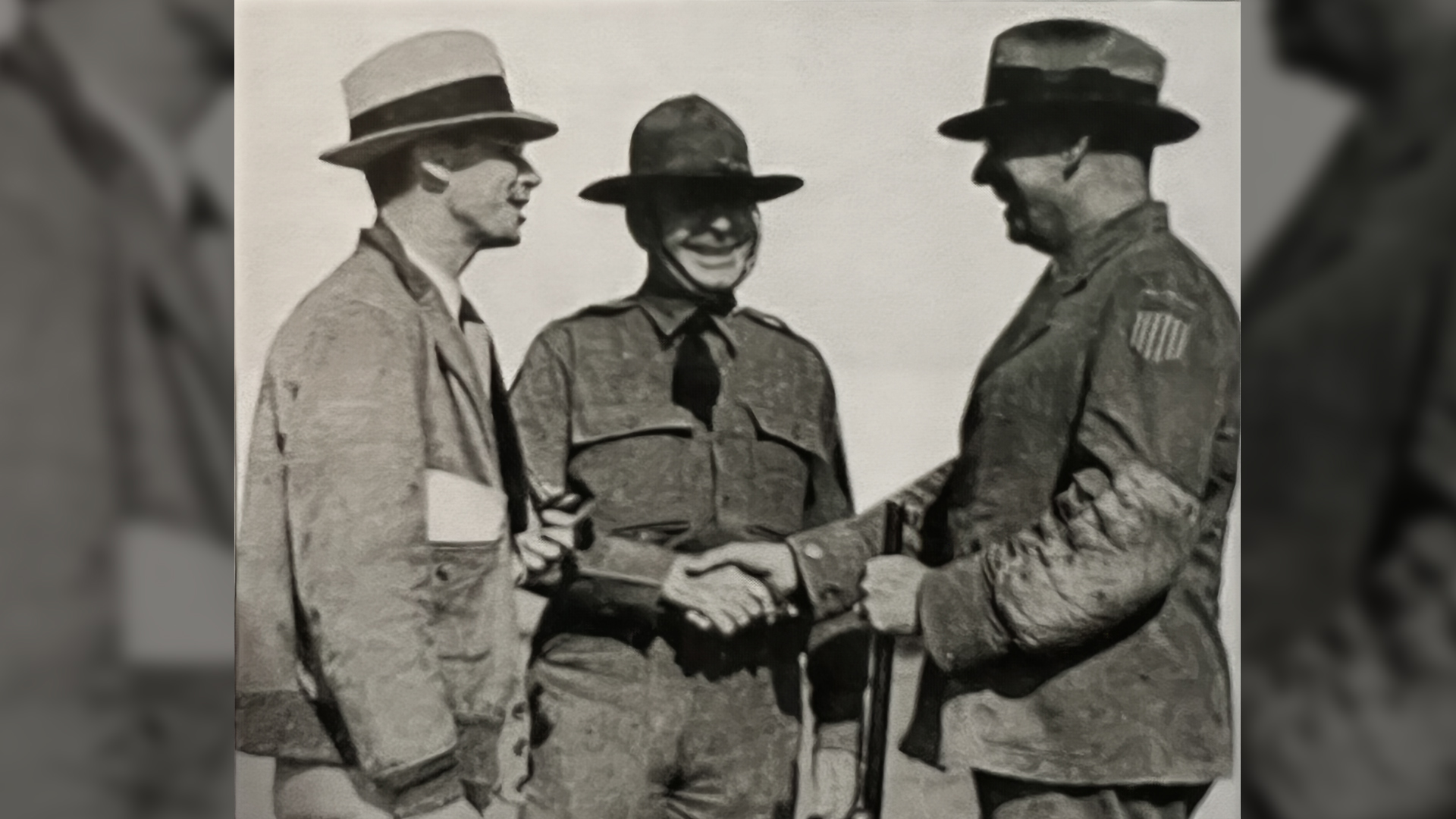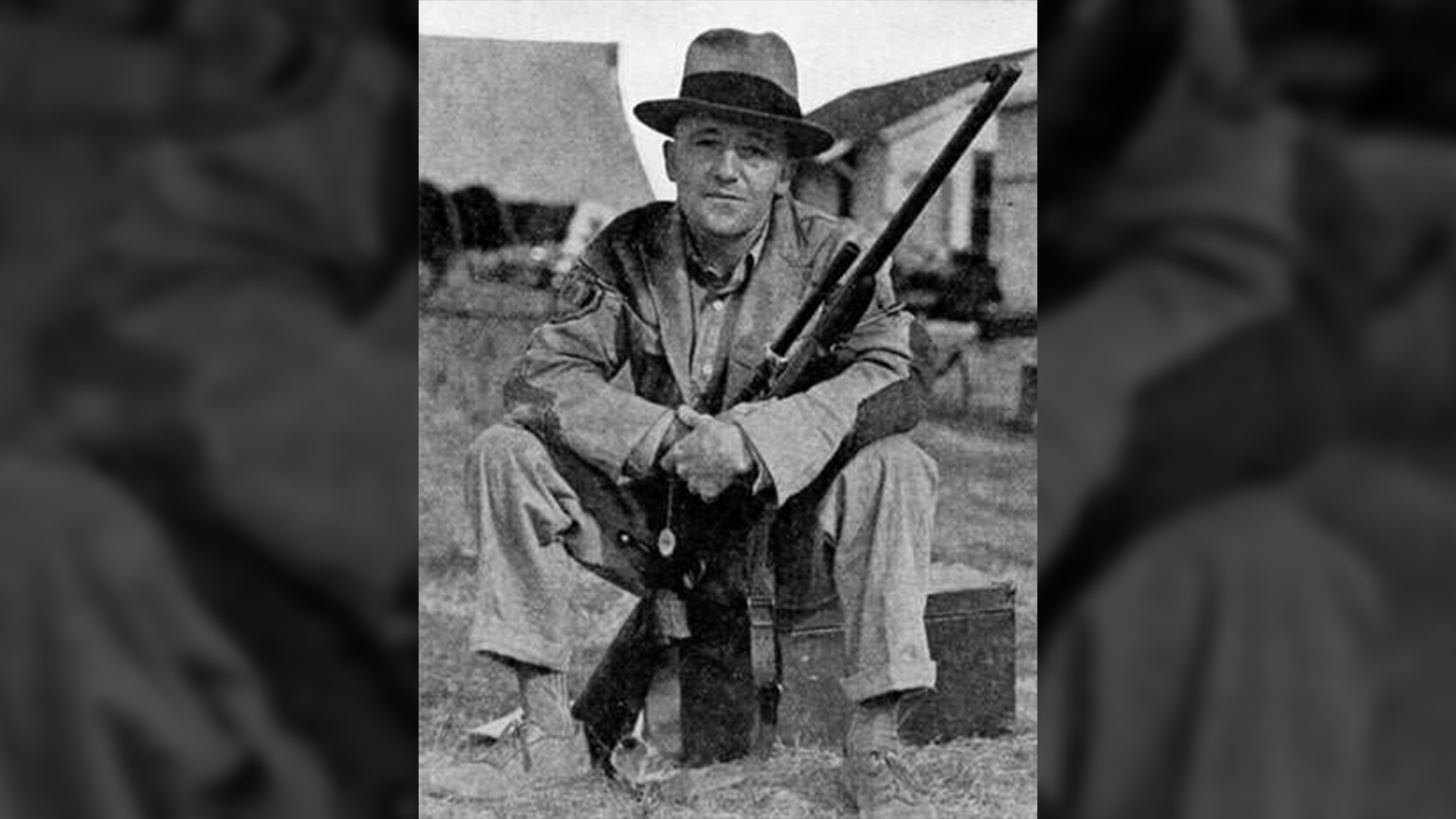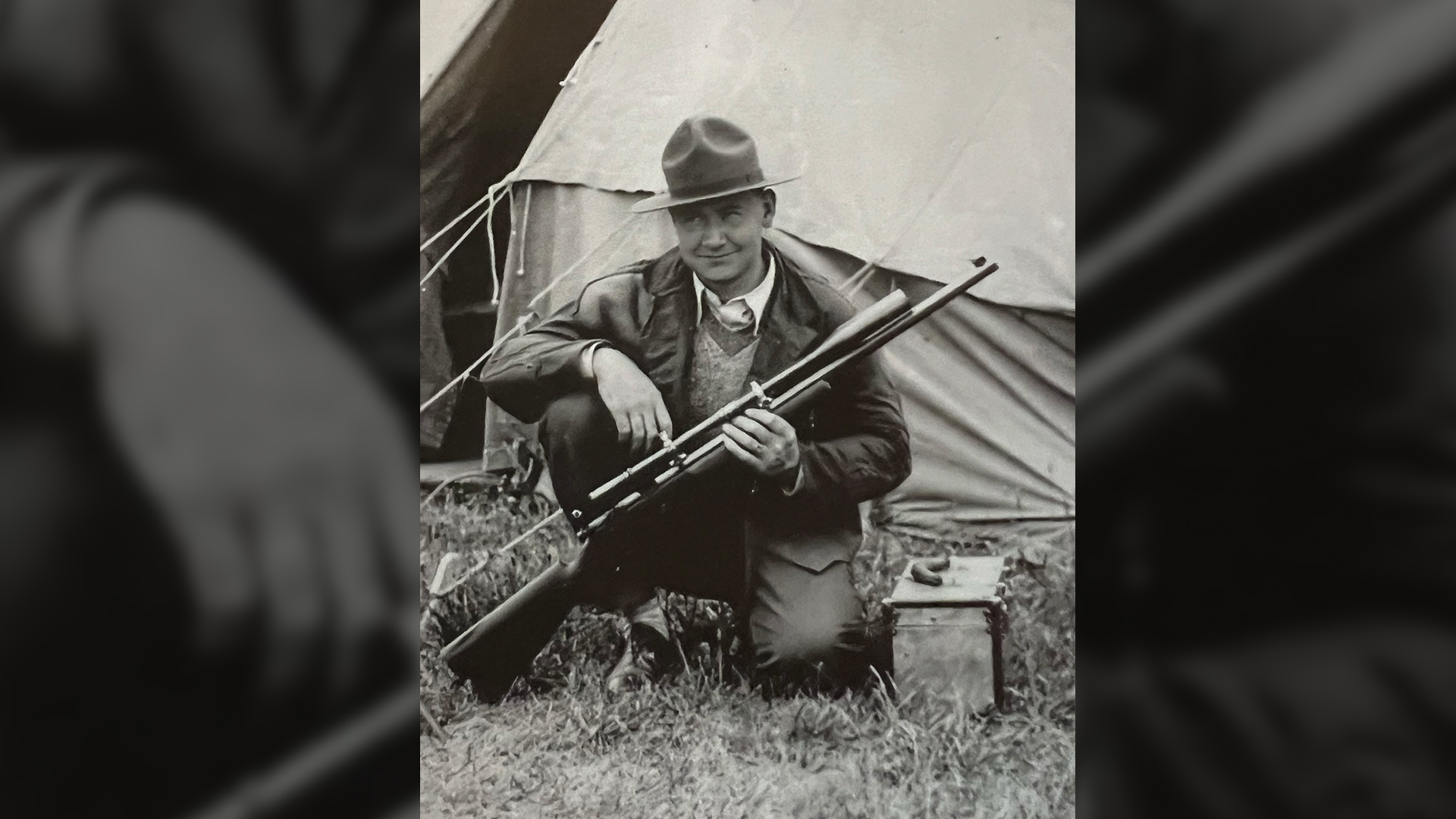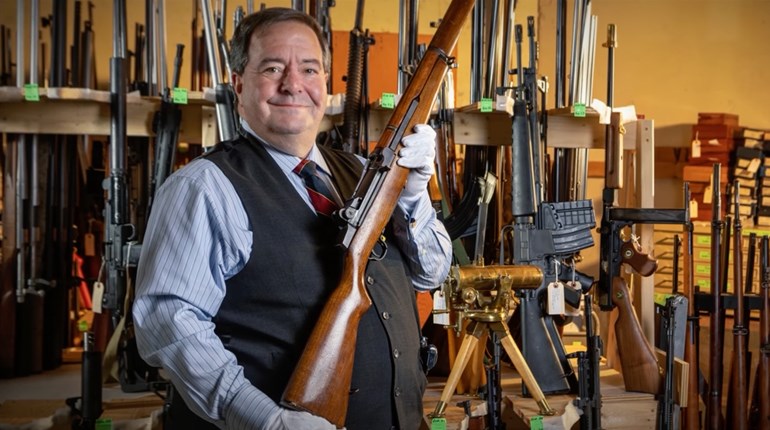
“The National Small-Bore Rifle Tournament will bring about the restoration of Camp Perry, after a lapse of one year, as the site of a strictly national shoot.”
—The American Rifleman, August 1933
At the NRA’s January 1933 Annual Meeting, reports by the executive officers addressed the effects of the Great Depression on National Rifle Association operations and how, despite the overall economic conditions, the NRA remained in a sound financial state. And it was again the NRA that submitted a plan for national competitions when federal funds were not appropriated for the National Matches.

If anything, the ability of the NRA to remain solvent during such trying times helped dispel the image espoused by some that the NRA was strictly a “National Match Association” and dependent on the distinguished competition for survival. Although the National Matches were eliminated for a second straight year, the NRA was deeply rooted in its efforts to promote and increase opportunities for shooters across the country, and it was Executive Vice President Milton Reckord’s successful lobbying that secured $50,000 for the Director of Civilian Marksmanship to assist civilian rifle clubs via the War Department Appropriation Bill.
“The first national small-bore tournament demonstrated conclusively that National Small-Bore Tournaments are feasible from every standpoint except that of financial success for the N.R.A.”
—The American Rifleman, October 1933
Lessons learned from the prior year’s conduct of NRA national competitions on a regional basis at eight Corps sites led the NRA Executive Committee to put the 1933 matches in the hands of the various state rifle associations with the Army, Navy, Marine Corps and Coast Guard available to assist in areas where organized state associations did not exist. And, unlike the 1932 format where national trophies were won only in the region in which they were placed, for 1933 it was arranged where all sites competed for the trophies and accompanying medals. The one major exception to this set up was the popular decision to conduct the national smallbore events at one site only. And when Camp Perry was made available for the event, it marked a first for the revered range on Lake Erie.
The National Smallbore Tournament of 1933 was conducted from August 28 through September 4, with former DCM Director Col. C.E. Stodter serving as Executive Officer. Staff from the NRA and Ohio State Rifle and Pistol Association comprised the range personnel while scoring, target and pit details were handled by the YMCA and Boy Scouts.

Due somewhat to the centralized nature and location of the event, the NRA’s national smallbore competition received more coverage in The American Rifleman—including the only photos—than the 13 other sites that featured, as part of their regularly scheduled tournaments, various NRA national .30 caliber and pistol matches. The logic behind this was most likely that the smallbore event represented the only true shoulder-to-shoulder national competition at the country’s most famous range and was conducted in part by NRA staff. Nevertheless, the principal status and publicity of the smallbore event in 1933 spoke volumes about the tremendous developments made in .22 caliber rifle shooting since its National Match introduction at the Caldwell Range in New Jersey 14 years earlier.
The 14 states that conducted NRA national .30 caliber and pistol events were Alabama, California, Illinois, Indiana, Iowa, Massachusetts, Michigan, Nevada, New Jersey, New York, Ohio, Rhode Island, Virginia and Washington.
The Ohio State Rifle Association conducted a .30 caliber program at Camp Perry immediately before the national smallbore event and the Navy, Presidents, Wimbledon, Leech, Coast Guard, Marine Corps, Wright Memorial Grand Aggregate and Herrick Matches were part of the big bore schedule. According to preliminary match information reports in The American Rifleman, National Match ammunition was provided for the President’s Match and a squaw camp was made available. These same reports stated that “scores made in these matches count toward the National Championship and trophies” and “persons who register for these matches will not have to register again for the National Small-Bore Matches which follow.”

In the NRA’s year-ending summary on 1933 activities, it was reported that 4,271 entries among approximately 1,000 competitors comprised the regionalized national matches. Some highlights among the contests included Therkild Samsoe’s smallbore championship based on his four-match aggregate of 1083x1100—four points more than runner-up Thurman Randle. Samsoe had the points for the title but victory in two of the sub-aggregates eluded him due to X count. Marine Pvt. George Walker, 23, who fired at Quantico, Va., was the only competitor to win two NRA championships, and two of the most revered at that. Walker claimed both the Wimbledon and President’s titles and was part of a strong Marine contingent overall that included a one-two finish in the Herrick Trophy Match.
In pistol competition, Walter Walsh fired out of Rhode Island and won the NRA Individual .22 Caliber Pistol and Revolver Championship by a 13-point margin over Jacob Engbrecht, a member of the Los Angeles Police Department team that fired across the country in Washington state and won the NRA Pistol Team Match in addition to the top two spots in the Police Pistol Team Match. Walsh’s adeptness with firearms was evident in force in 1933, and extended beyond the pistol range, as he was high scorer in the Marine Corps Cup Match at the Rhode Island tournament and won two smallbore events at Perry—the American Legion Match and the Smallbore Wimbledon—in addition to landing a spot on the prestigious Dewar team.
1933 National Matches Fact
This was the first year for the RWS Match (named for its donor Rheinische-Westfalischen-Spregstoff Aktiengesellschaft, a German arms corporation). The United States won over Germany and Great Britain in the 40-shot, 50-meter prone event. U.S. shooters were also victorious in the Dewar Match with a score that broke the 7900-point barrier for the first time in event history.

































